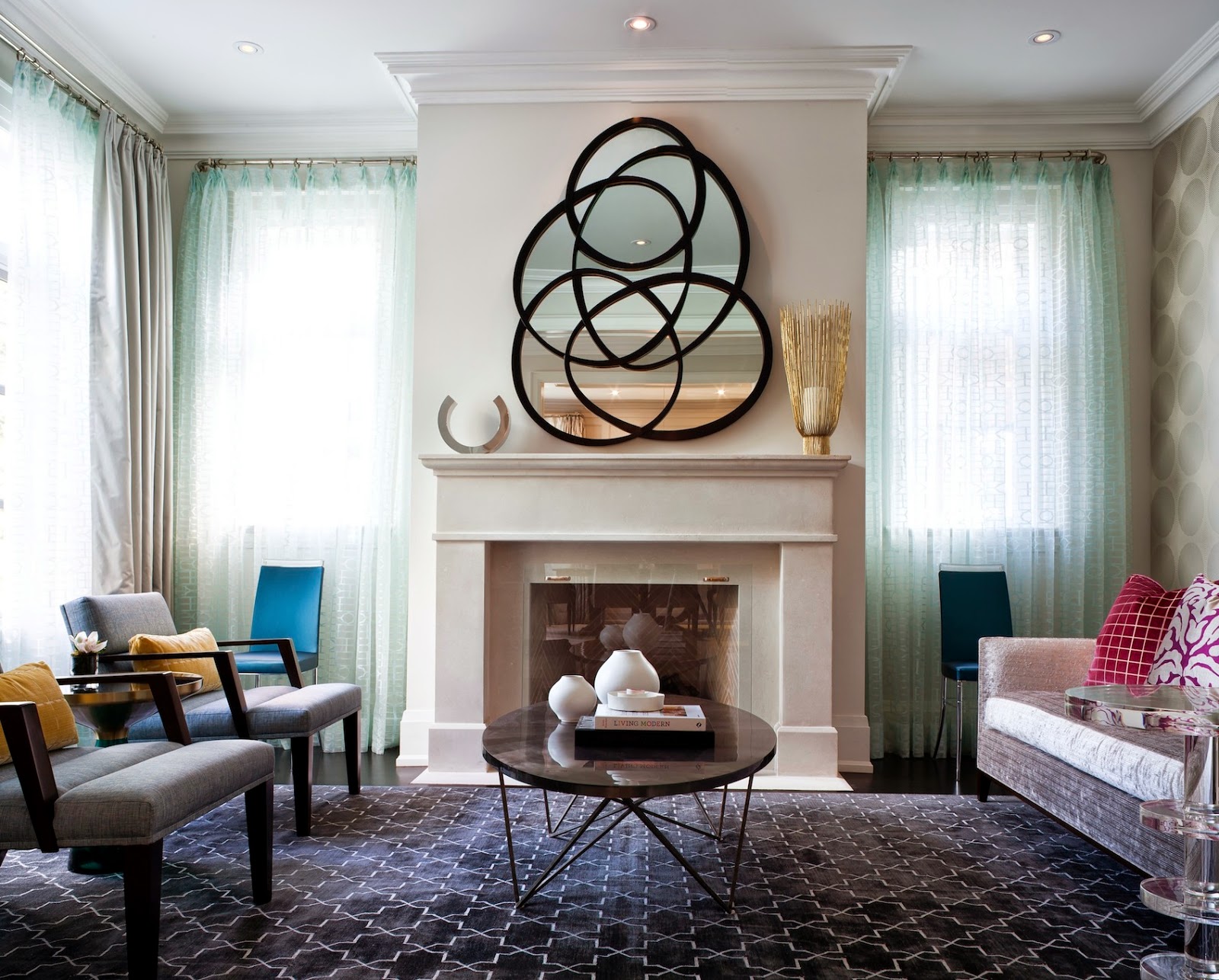Design Elements of Wall Mirrors

Wall mirror design – Wall mirrors come in a myriad of shapes and sizes, from petite circular models to grand floor-length ovals. The shape you choose should complement the style of your room and the overall décor. For instance, a round mirror can soften the sharp lines of a modern space, while a rectangular mirror can add structure to a more traditional room.
Wall mirror designs are a great way to add some personality to your bathroom. If you’re looking for something a little more lighthearted, you can check out some funny bathroom decor. Whether it’s a mirror with a funny saying or a quirky shape, there’s sure to be something that will make you smile every time you look in the mirror.
The frame material and finish can also make a big difference in the overall look of a wall mirror. Wood frames are classic and timeless, while metal frames can add a touch of modernity. Painted frames can be used to add a pop of color to a room, while distressed frames can give a mirror a more rustic look.
Embellishments and Accents
Embellishments and accents can add a touch of personality to a wall mirror. Beveled edges, for example, can add a touch of elegance, while etched or painted designs can add a touch of whimsy. Some mirrors even feature built-in lighting, which can be a great way to add extra illumination to a room.
Functional Applications of Wall Mirrors

Beyond their aesthetic appeal, wall mirrors serve a range of practical functions. They can enhance natural light, amplify storage solutions, and transform the ambiance of various room settings.
Enhancing Natural Light
Strategically placed mirrors can reflect and distribute natural light, illuminating darker areas and creating a more inviting atmosphere. By bouncing light around the room, mirrors can make spaces appear larger and brighter, reducing the need for artificial lighting.
Incorporating Mirrors into Storage Solutions
Mirrors can be cleverly integrated into storage solutions, providing both functionality and style. Mirror-fronted cabinets, wardrobes, and shelves offer a discreet way to store items while adding a touch of elegance. They can create the illusion of additional space and reflect light, making rooms appear larger and brighter.
Aesthetic Impact of Mirrors in Various Room Settings
Mirrors can dramatically alter the aesthetic impact of room settings. In living rooms, they can reflect artwork, creating a sense of depth and grandeur. In bedrooms, they can add a touch of glamour and reflect light, making the room feel more spacious. In bathrooms, mirrors are essential for practical use and can enhance the sense of luxury.
Trends and Styles in Wall Mirror Design

Wall mirror design has evolved significantly, embracing diverse styles and trends that cater to various aesthetic preferences and functional requirements. From classic and timeless designs to modern and contemporary interpretations, wall mirrors continue to captivate and enhance the ambiance of any space.
Table: Examples of Wall Mirror Styles
The following table provides examples of classic, modern, and contemporary wall mirror styles, highlighting their distinctive characteristics:
| Style | Characteristics | Examples |
|---|---|---|
| Classic | Ornate frames with intricate carvings, gilding, or antique finishes; often symmetrical and traditional in design. | Rococo, Baroque, Victorian |
| Modern | Clean lines, geometric shapes, and minimalist aesthetics; often featuring simple frames or no frames at all. | Bauhaus, Art Deco, Scandinavian |
| Contemporary | Eclectic and innovative designs that blend elements from different styles; often featuring bold colors, unusual shapes, or unique materials. | Postmodern, Memphis, Industrial |
Use of Geometric Patterns and Organic Forms
Geometric patterns and organic forms have become increasingly prevalent in wall mirror design. Geometric patterns, such as stripes, chevrons, and hexagons, add a sense of structure and order to a space, while organic forms, such as leaves, flowers, and abstract shapes, bring a touch of nature and fluidity.
Emerging Trends in Wall Mirror Design
Several emerging trends are shaping the future of wall mirror design:
- Sustainability: Mirrors made from eco-friendly materials, such as reclaimed wood or recycled glass, are gaining popularity.
- Smart Mirrors: Mirrors that incorporate technology, such as built-in lighting, touchscreens, and voice control, are becoming increasingly common.
- Personalized Designs: Mirrors that are customized to reflect individual styles and preferences, such as those with unique shapes, colors, or finishes, are in high demand.
Wall mirror design is an art form that can elevate the ambiance of any room. To create a warm and inviting atmosphere, consider incorporating flameless pillar candles into your design. Their soft glow will complement the reflective surface of the mirror, casting a subtle and enchanting light upon the room.
As you gaze into the mirror, the flickering flames will evoke a sense of tranquility and relaxation, enhancing the overall aesthetic appeal of your wall mirror design.